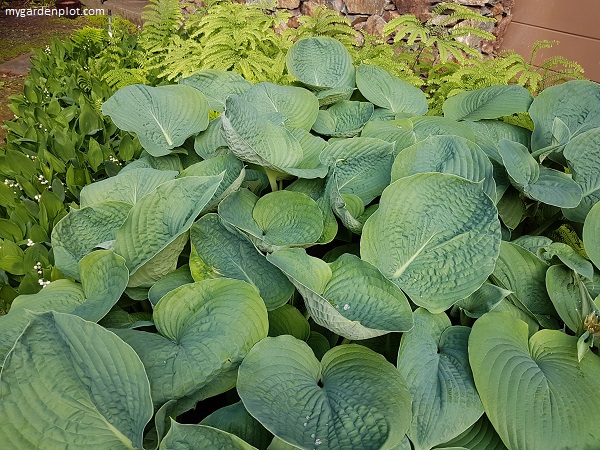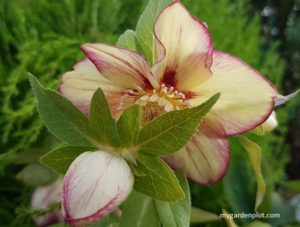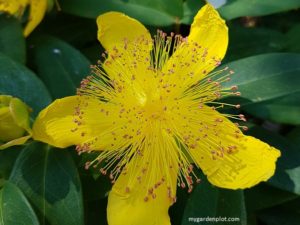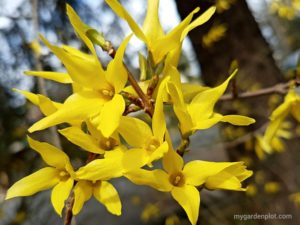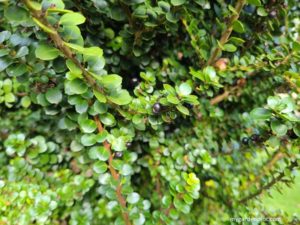Hostas (Plantain Lily): How To Plant, Grow, And Care
For me, hostas in a garden reflect calmness. This perennial plant has held my interest since my teens. I didn’t know it then, but what captivates me is the tranquillity that envelopes you in a garden filled with hostas. Whether used as a specimen plant or as a filler in a garden bed, the rich foliage of a hosta is beautiful, offering a soothing tapestry of textured leaves. Ours are planted next to ferns, lily of the valley, shaded by camellias, and under larger rhododendrons. Hostas are easy to grow, low maintenance, hardy and perfectly suited for Pacific Northwest gardens. Learning where to plant and how to care for hostas can ensure they last many years in your garden.
Originally from Japan, China and Korea, there are 100s of varieties of hostas available. Grown for their lush foliage, some of which are very large, the hosta also shoots a few stalks with trumpet or bell-shaped flowers which tower over the leaves. The flowers don’t last long, but they add an interesting interlude in shades of purple or white blossoms, which provide a brief draw for hummingbirds. If these flowers are not wanted, the stalks can be removed, and the hosta plant will be okay. The leaf colours vary from blue/silver greens, dark green, gold and yellow variegations. The leaf shape varies too from almost round to spear-shaped. Hostas have a creeping root system and the leaves emerge from the ground in spring. These die back in autumn and the plant lies dormant over the winter.
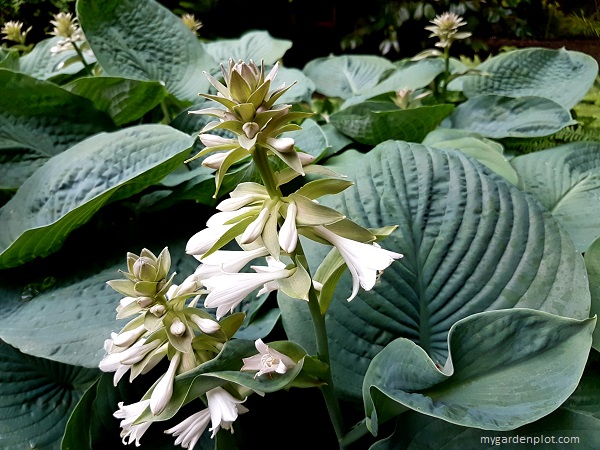
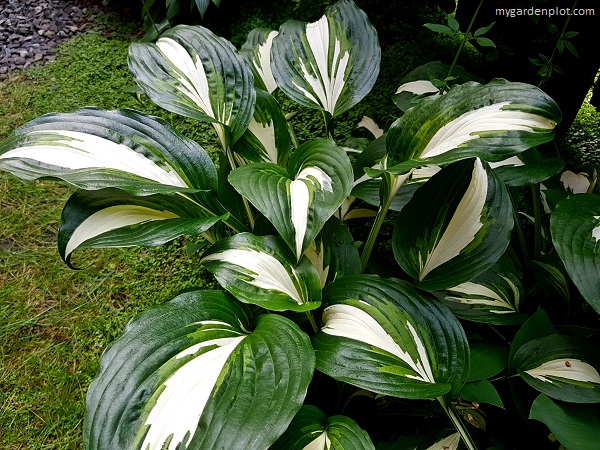
Hostas At A Glance
Type: Herbaceous perennial
Location: Partial shade or filtered sunlight
Blooming season: Summer
Height: 0.3 – 1 m (1 – 3 ft)
When To Prune: Late Autumn (see dieback information below)
Where To Plant And How To Care For Hostas
Plant hostas in the spring or the autumn rather than during the hot summer months. When planting your new hostas include garden compost or manure. Water regularly to help it establish.
Hostas thrive in fertile, moist and well-drained soil, preferably on the acidic side of neutral, and positioned in filtered sunlight or shady area. Once established, they can be reasonably drought-tolerant if all other conditions are met. Some hosta varieties require more shade than others. Morning sun can be tolerated, but prolonged or hot afternoon sun should be avoided.
Annual mulching in spring, with slow-release all-purpose garden fertilizer mixed in, will help retain moisture during dry weather and feed your plant. Hostas can be left undisturbed for years. However, if you want or need to divide it, do so early spring or early autumn time by digging up the clumps and splitting them.
As soon as the flowers fade in early summer, cut back the entire stalk to keep it tidy.
Many hostas can also be easily grown in containers as a specimen plant.
Hosta Dieback Care In Winter
Preparing your hostas for winter is easy. Leave the foliage to die back naturally – your plant will be going into dormancy. As a herbaceous perennial, this is part of a hosta’s life cycle. I find leaving the foliage to wither allows you to easily pull them out by the stems without any effort from the base, leaving a clean area for the next year. This method also helps ensure all of the dieback is removed naturally, and nothing is left behind to continue rotting. Some gardeners like to cut the leaves off from the base at the end of the season, and this is fine too – it will not harm your plant. Just make sure it is trimmed clean with sterilized pruners from the soil level.
If your hostas are in pots, place in a sheltered site if their regular location is prone to harsh winter winds. Add some mulch on the soil to protect the roots, keeping the temperature even throughout winter.
Pests And Hostas
Hostas are generally disease-free, though they can be affected by anthracnose fungal disease. Their biggest pest problem is slugs and snails, which can do considerable damage to the leaves. But this can easily be remedied. Scatter eco-friendly slug and snail bait around the hostas as they emerge in spring. You may need to do this a few times for a month. Whenever I do this, I seldom have any problems for the rest of the season. Alternatively, place a saucer of beer to lure these hungry pests. Occasionally, vine weevil or green cabbage worms can also be a problem. Deer and rabbits also love eating hostas! As cute as these critters are, they will devour your hostas.
RELATED TOPIC: Symptoms And Signs Of Anthracnose Disease On Hosta Foliage
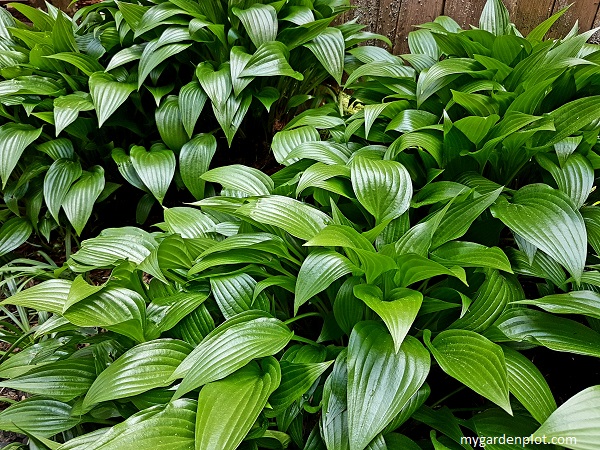
Spend more time in the garden! Large choice of gardening supplies for your garden bed and maintaining lawns, and fun art and sculptures for your garden and vegetable patch. Check out the latest deals for garden supplies. View the awesome deck decorations and patio furniture, and the necessary garden tools, and more.

